















|
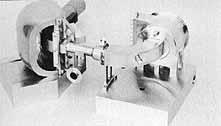 |
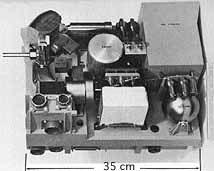 |
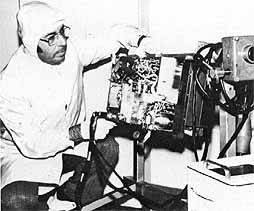 |
|
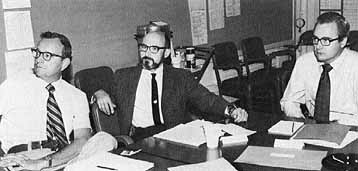
Unhappily, new trouble with the management of the biology instrument surfaced in mid-July. At a meeting held at TRW, Jim Martin learned that completion of the design development unit had slipped by three weeks and the projected delivery date of the proof test capsule unit was behind by five weeks. The problem, Martin found, was failure to plan ahead; TRW lacked the skilled manpower to assemble and checkout these crucial units. As the July session went on, the discussion of the biology instrument came "unglued," according to Martin; he feared that the work at TRW was "out of control" with no credible schedule or cost plan. 72 By that autumn, the situation was even bleaker. On 15 October, Ed Cortright wrote to George Solomon, vice president and general manager at TRW. Cortright had been monitoring TRW's handling of the biology instrument problems with the intent of reporting to Hans Mark, director of Ames Research Center. His report was to give the center better data for judging prospective contractors-of which TRW was one-of experiment hardware for the Pioneer spacecraft scheduled to visit Venus. Cortright's report to Ames would not be favorable. He thought that TRW, Martin Marietta, and NASA had underestimated the complexity of the biology instrument task: "The original TRW proposed cost was grossly underestimated with the result that the current estimate at completion is $30.9 million, which is $18.4 million or 147 percent over the original estimate." Of that amount, $12.4 million was TRW's overrun; $6 million had been spent on redefining the experiments.
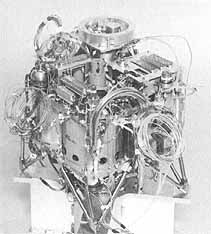 |
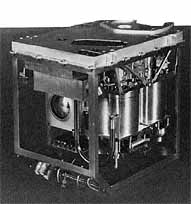 |
|
|
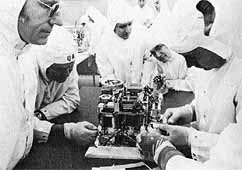 |
a Martin Marietta contended that a realistic CDR was not completed until Mar. 1974
b Design development testing was completed on a nondeliverable unit: one of the deliverable units was canceled: the other deliverable unit's mechanical subaseembly was simulated in system test bed testing.
c Qualilication testing was different from original plans and not as comprehensive.
d This unit not included in the original contract was added in Dec. 1973
e Unit deleted Oct. 1974 when requirement for spare lander was eliminated.